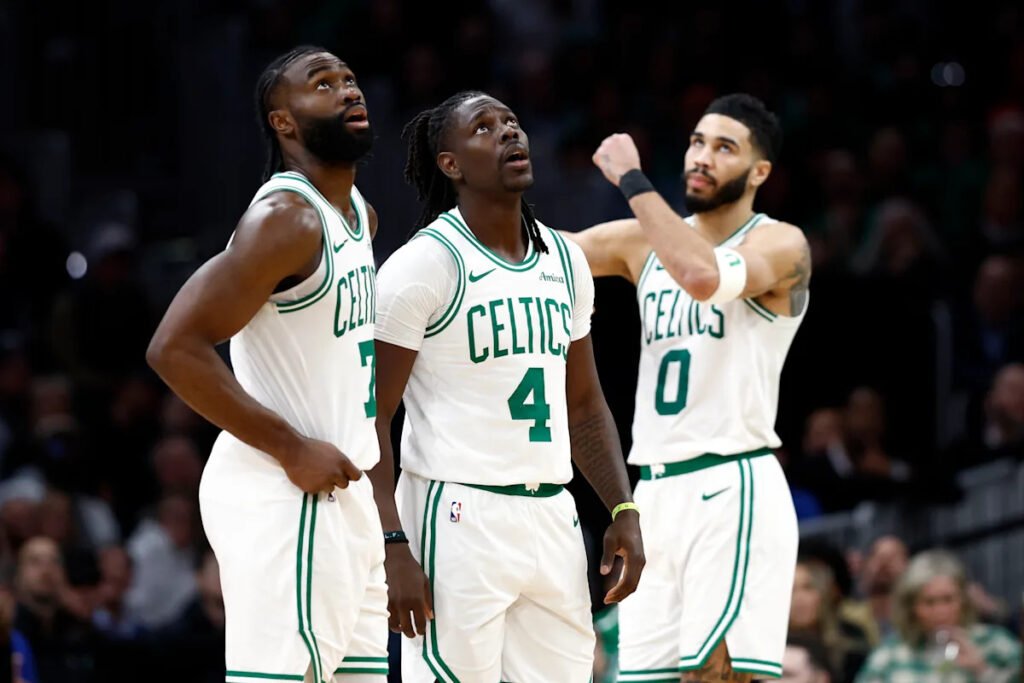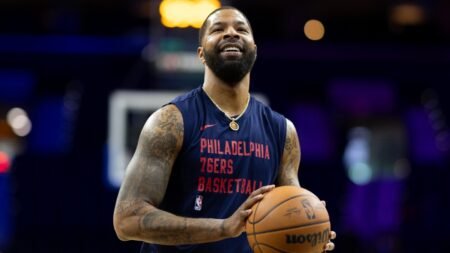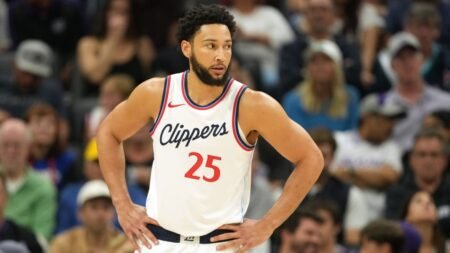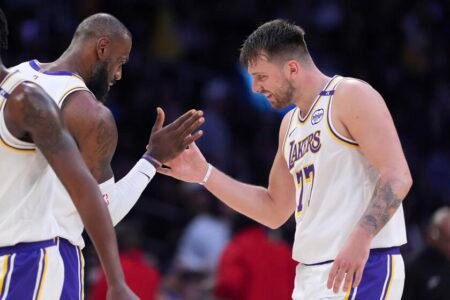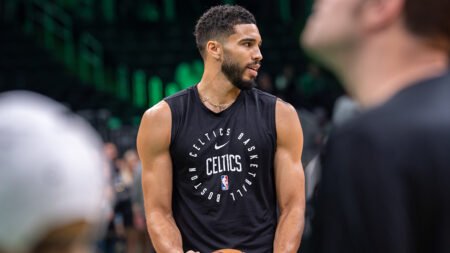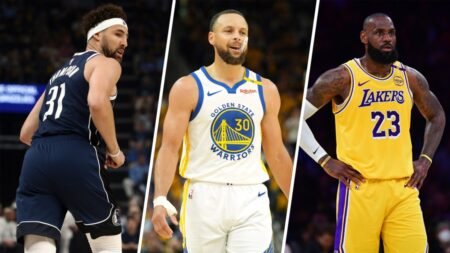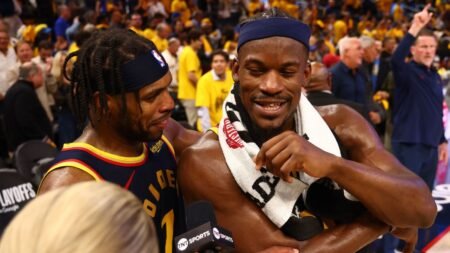The NBA’s second apron is, essentially, a hard salary cap of $207,825,000.
The restrictions, which impact a team’s ability to operate in the draft, free-agency and trade markets, are so punitive from a roster-building standpoint that it makes little sense to spend above the limit. It is even worse if a team spends into the second apron in consecutive years, as luxury-tax penalties only increase.
Advertisement
Which brings us to the Boston Celtics, whose player salaries exceeded the second apron this past season, as they pursued a repeat championship. That quest fell short in the second round of the playoffs, as their superstar, Jayson Tatum, ruptured his right Achilles’ tendon. That combination of events, which also affected their ability to contend next season, as Tatum recovers, signaled several cost-cutting measures.
Between salary and luxury taxes, the Celtics were on pace to spend almost $500 million in payroll for next season. That is untenable, especially for a team that no longer feels like a legitimate title contender. Boston’s new owner, Bill Chisholm, does not want to lose money on the team he just bought for $6 billion.
So, on Monday night, the Celtics traded two-time All-Star and two-time champion Jrue Holiday — an invaluable member of their 2024 title team — for Anfernee Simons and two second-round draft picks.
Advertisement
Simons is entering the final season of the four-year, $100 million contract that he signed in the summer of 2022, which will pay him $27.7 million next season. While that is only $4.7 million less than the $32.4 million that Holiday is owed for the 2025-26 campaign, it will save Boston roughly another $35 million in luxury taxes. The Celtics are also off the hook for the $72 million Holiday is owed in 2026-27 and 2027-28.
Now you begin to see why the Celtics are cutting costs. Every dollar cut is exponential savings.
Boston remains about $18 million above the second apron after Monday’s trade. So expect more moves.
Kristaps Porziņģis, who will play on a $30.7 million expiring salary next season, and Sam Hauser, who signed a four-year, $45 million contract extension last summer, seem like the most likely candidates to be moved. In the end, neither made much of a playoff impact on Boston’s title defense this past season.
Advertisement
It sounds easy enough to shed those salaries, but, unless the Celtics trade them into another team’s salary cap space, they have to take salary back, as we saw in the Holiday trade. It is all very complicated.
Just know this: Monday’s trade was the first of many for the Celtics this summer. They will continue to whittle down the payroll, even if it means flipping Simons to another team. Nobody but Tatum is truly safe.
Which begs the question: Would the Celtics really trade Jaylen Brown or Derrick White, who, along with Tatum, form the foundation of a serious championship contender for the 2026-27 season? After all, the combination of Tatum and Brown has translated to a handful of Eastern Conference finals appearances.
Advertisement
It would take a monumental offer — one that also better positions the Celtics to contend in 2027 — to convince the Celtics to part with either Brown or White, and that return package is not easy to attain.
More likely, as we saw with the acquisition of Simons, Boston will peel off ancillary parts while trying to maintain a competitive roster. Simons has averaged 20 points (on 44/38/90 shooting splits), 4.5 assists and 2.8 rebounds over the past four seasons, though he is not the defensive stalwart that Holiday is.
But it is hard to talk about what exactly the Holiday trade will mean on the basketball court for the Celtics, as not even Simons is guaranteed to stay. Just know Monday’s move was the first move of many this summer for the Celtics, who will spend the entire offseason reconfiguring a more affordable payroll.
Read the full article here





